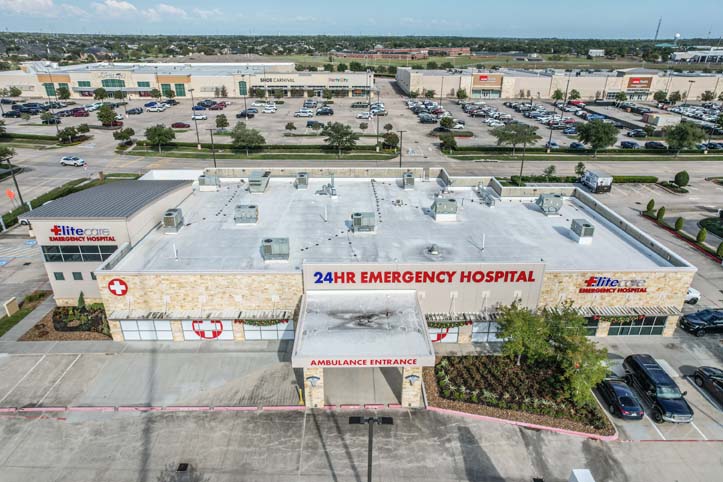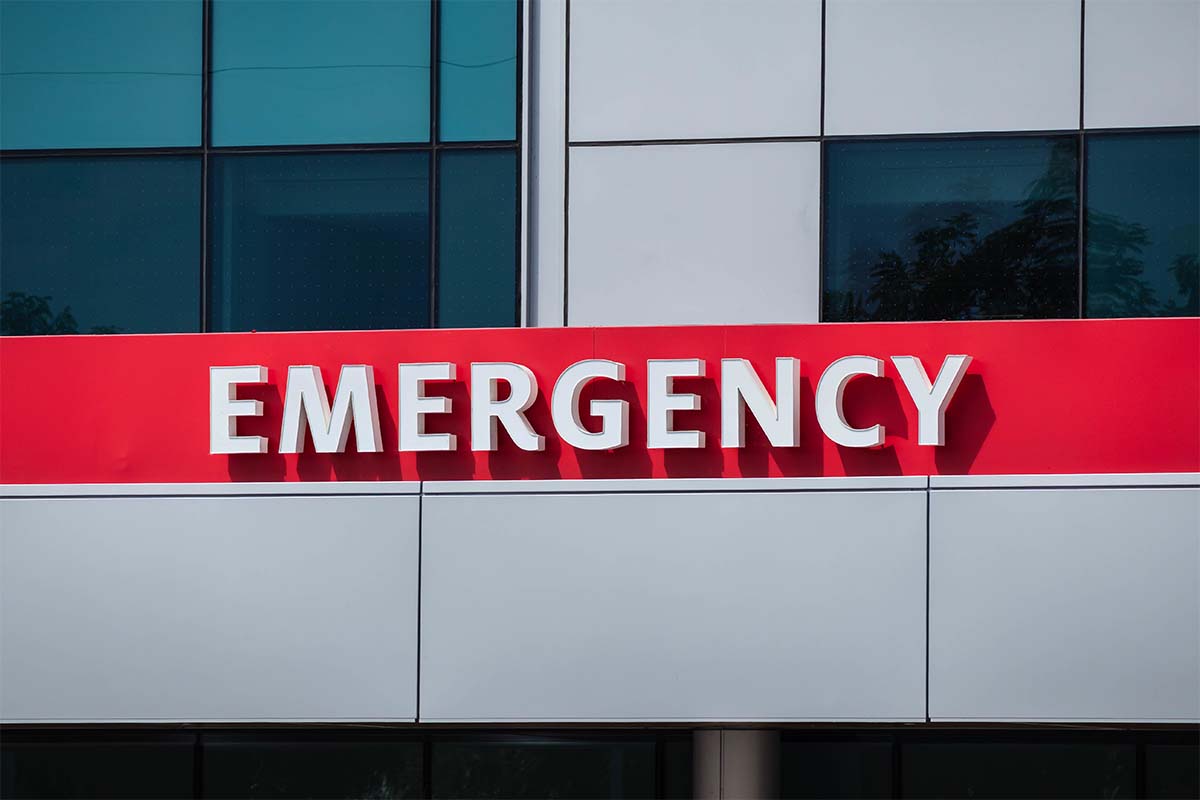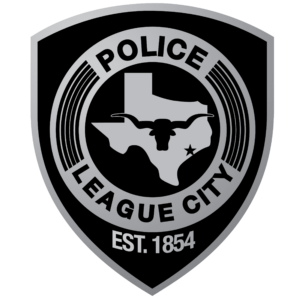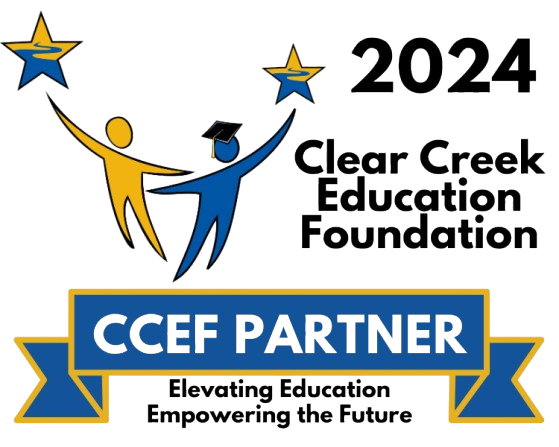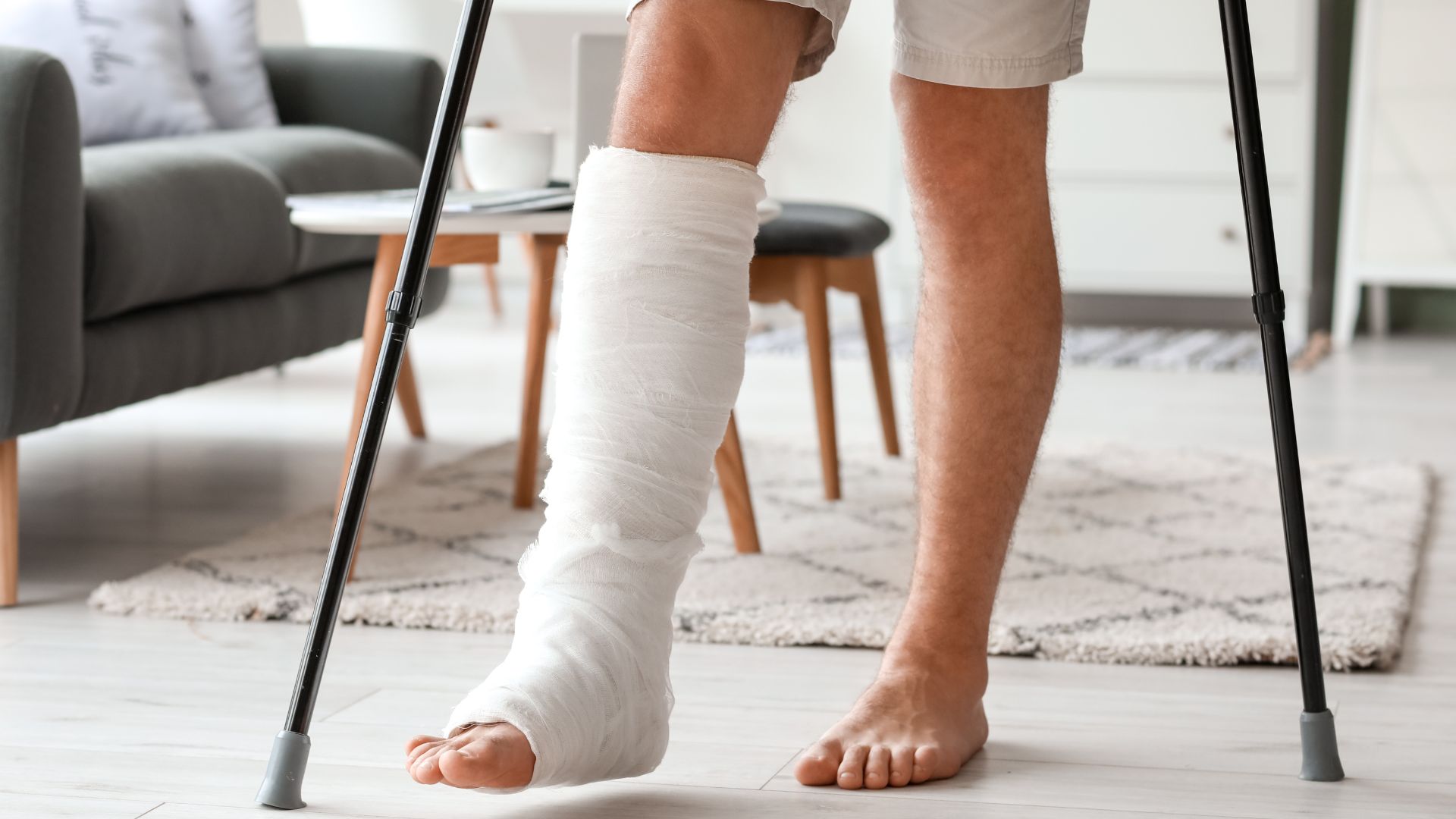
A broken leg can be a severe and painful injury resulting from various activities, such as sports or automobile accidents. Walking on a broken leg can be dangerous and may worsen the injury. It is essential to receive a proper diagnosis to prevent further damage and ensure adequate treatment. If you suspect that you have a fractured leg, seeking medical attention is highly recommended. Here, we will discuss the signs and symptoms of a broken leg and explain why seeking medical attention, such as an x-ray at an emergency room, is crucial for a proper diagnosis and treatment.
4 Signs and Symptoms of a Broken Leg
Bruising: Bruising is a condition characterized by bleeding beneath the skin caused by the rupture of tiny blood vessels due to trauma. This condition can arise from any tissue damage. It may serve as an indicator of either minor or major bone fractures. Fractures may cause blood to seep from the broken bone, and the resulting bruising can be widespread in severe cases. The initial appearance of bruises is purple, but as the injury heals, they typically change to yellow.
Physical Appearance: The physical appearance of an injury can serve as a reliable indicator of whether a bone is broken. A bone is likely fractured if it bends in ways it is not supposed to. In the case of a broken leg, there may be visible deformities in the affected area, such as a bulge or a bump. The portion may also appear crooked, and there may be difficulty or inability to move the leg without experiencing intense pain. In more severe cases, the broken bone may protrude through the skin, indicating a compound or open fracture that requires immediate medical attention.
Swelling: Swelling is a common indication of a broken bone. Injuries can leak fluids, including blood, into soft tissues such as skin, fat, and muscle. The accumulation of additional fluid in the affected area leads to swelling or puffiness in the soft tissues. This swelling can restrict blood flow to the affected area and exacerbate pain and discomfort. In the case of a broken leg, swelling may occur around the ankle, foot, and knee joint, as well as in the calf muscles. Therefore, prompt medical attention is crucial for a suspected fracture.
Crepitus: Crepitus is a medical term that describes a crunching or grating sensation when broken bones rub against each other. In the case of a broken leg, crepitus may be experienced when the fractured bone fragments grind against each other or the surrounding tissues. Crepitus is often accompanied by pain and discomfort and may be heard and felt. Patients with a broken leg may listen to popping or cracking sounds when they move or try to put weight on it. (Rod Brouhard)
When Should You Visit The ER
If you suspect you have a broken leg, it is essential to seek medical attention immediately. You should go to the emergency room if:
- You are experiencing severe pain that cannot be managed with over-the-counter pain medications
- The injured leg is deformed or has an open wound
- You are unable to move or put weight on the affected leg
- You are experiencing numbness, tingling, or weakness in the affected leg
- You are experiencing shortness of breath or chest pain, which may indicate a lung blood clot caused by the injury
- The bone has pierced through the skin
- A limb appears to be misaligned
If you have any of these symptoms, call 911 or go to the nearest emergency room immediately. Prompt medical attention can help prevent complications and ensure proper injury healing. (Mayo Clinic)
In conclusion, the signs to look out for: pain, bruising, swelling, and deformity. You’ll most likely need a temporary splint before seeing an orthopedic doctor. A Board Certified Emergency Physician will evaluate your injury and determine the best course of treatment, whether it be a cast or surgery.
With proper rest and following your healthcare provider’s instructions, you can ensure your bone heals properly and return to your daily routine as soon as possible. Remember, the key is to seek prompt medical attention and follow the proper care plan for the best outcome.
Works Cited
“Broken Bones (for Parents) – Nemours Kidshealth.” Edited by Amy W. Anzilotti, KidsHealth, The Nemours Foundation, Jan. 2023, kidshealth.org/en/parents/b-bone.html.
Rod Brouhard, EMT-P. “Signs You Might Have a Fracture and What to Do.” Verywell Health, Verywell Health, 2 May 2022, www.verywellhealth.com/do-i-have-a-broken-bone-4143129.
Mayo Clinic. “Broken Leg.” Mayo Clinic, Mayo Foundation for Medical Education and Research, 1 July 2022, www.mayoclinic.org/diseases-conditions/broken-leg/symptoms-causes/syc-20370412.

